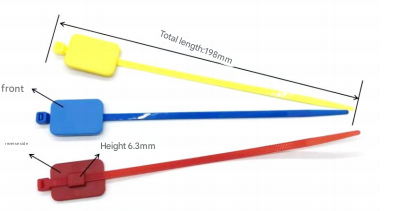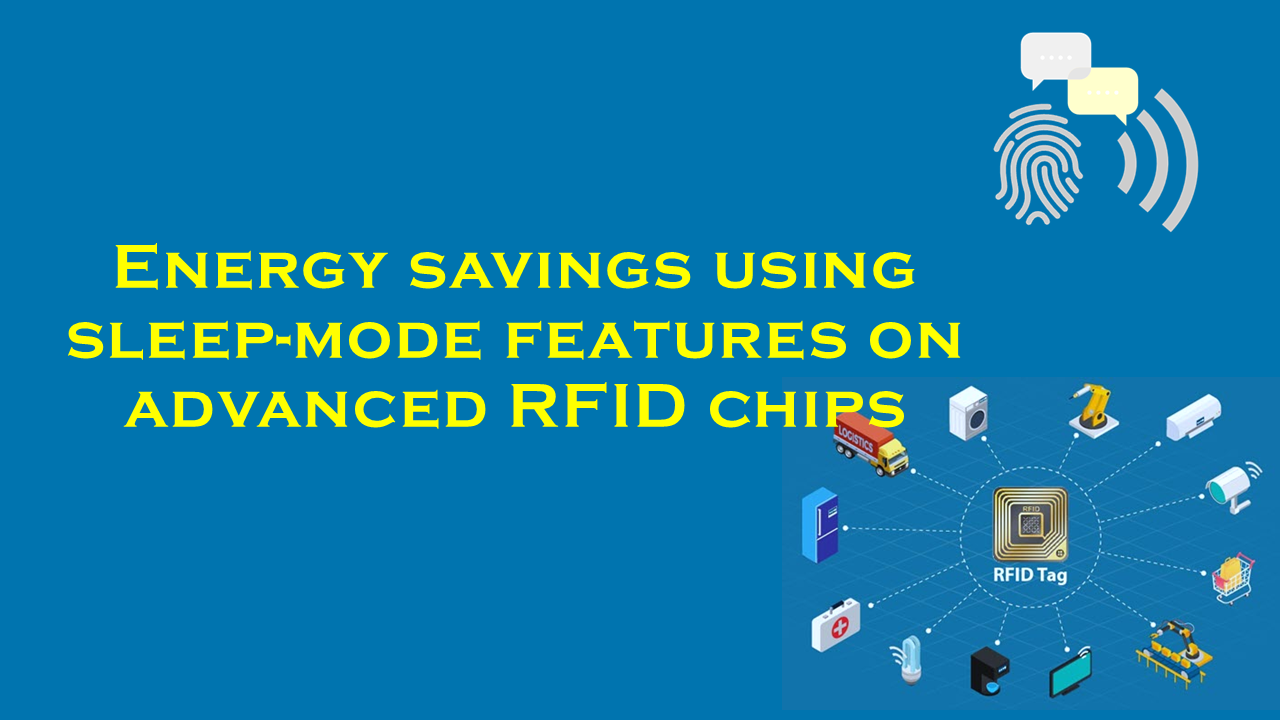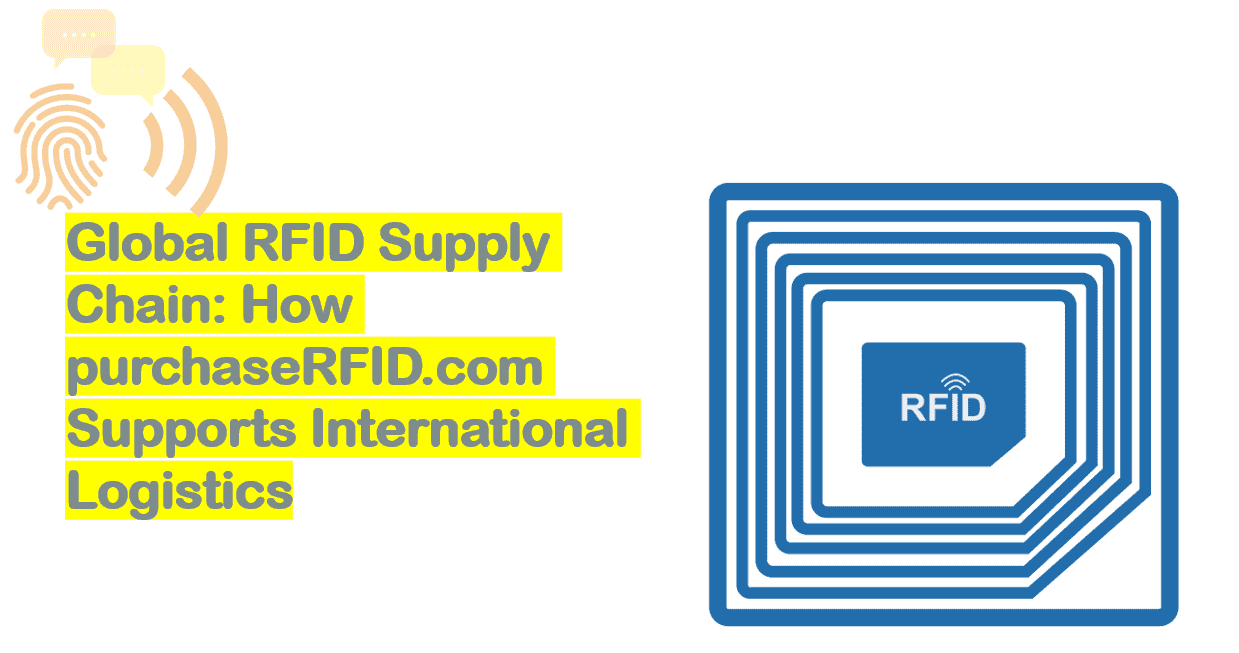Barcode vs RFID in airline baggage tracking
Barcode vs. RFID in Airline Baggage Tracking: A Comparative Analysis
The airline industry has long grappled with the challenge of efficiently tracking luggage across complex global networks. With millions of bags transported daily, even minor inefficiencies in baggage handling systems can lead to delays, customer dissatisfaction, and financial losses. Over the decades, barcode technology has been the backbone of baggage tracking, but recent advancements in radio-frequency identification (RFID) have introduced transformative alternatives. This article explores the strengths and limitations of both technologies, supported by industry statistics, and highlights how suppliers like purchaserfid.com are driving innovation in this space.
Barcode Technology: The Industry Standard
Barcodes encode data visually using parallel lines of varying widths, which scanners read via optical sensors. Airlines print barcode labels on baggage tags during check-in, enabling stakeholders to track bags at key points (e.g., check-in, transfer, arrival).
Advantages:
- Low Cost: Barcode labels and scanners are inexpensive to produce and deploy.
- Universal Compatibility: Barcode standards (e.g., IATA’s BCBP) are globally recognized.
- Ease of Implementation: Integration with existing IT infrastructure is straightforward.
Limitations:
- Line-of-Sight Dependency: Scanners must “see” the barcode to read it, leading to missed scans.
- Low Durability: Torn or smudged labels often render barcodes unreadable.
- Manual Intervention: Up to 15–20% of barcode scans require manual rechecks, slowing operations.
Despite these drawbacks, barcodes remain widely used. However, escalating baggage volumes and passenger expectations are pushing airlines toward RFID.
RFID Technology: A Modern Revolution
RFID uses electromagnetic fields to automatically identify tags attached to objects. Passive RFID tags, powered by scanner signals, transmit unique identifiers without line-of-sight requirements. Airlines embedding RFID chips in baggage tags gain real-time visibility into luggage movements.
Advantages:
- High Accuracy: RFID achieves near-100% read rates, minimizing lost bags.
- Automation: Simultaneous scanning of multiple bags accelerates throughput.
- Durability: RFID tags withstand rough handling and environmental factors.
Limitations:
- Higher Initial Costs: RFID infrastructure (tags, scanners, software) requires significant upfront investment.
- Standardization Challenges: Global interoperability remains a work in progress.
Comparison: Accuracy, Speed, and Cost
-
Accuracy:
Barcodes achieve 80–90% read rates in ideal conditions, but real-world performance drops due to obstructions or label damage. RFID consistently delivers 98–99% accuracy, as demonstrated by Delta Air Lines, which reduced mishandled bags by 99% after adopting RFID in 2016. -
Speed:
RFID scanners process hundreds of bags per minute, while barcode systems struggle during peak times. Dubai International Airport reported a 30% improvement in baggage-handling efficiency after RFID deployment. -
Cost:
Barcodes cost $0.01–$0.05 per tag, whereas RFID tags range from $0.10–$0.50. However, RFID’s long-term savings from reduced labor and lost baggage penalties (averaging $100–200 per mishandled bag) offset initial expenses. -
Data Capacity:
RFID tags store extensive metadata (e.g., flight details, passenger info), enabling advanced analytics. Barcodes hold limited static data.
Industry Adoption and Statistics
In 2022, SITA’s Baggage IT Insights report noted that 26 million bags were mishandled globally, costing airlines $2.5 billion. RFID’s adoption has surged since IATA’s Resolution 753 mandated bag tracking at key points by 2018. Leading carriers like American Airlines and Lufthansa now use RFID, reporting 25–30% reductions in mishandling rates. By 2025, the RFID baggage tracking market is projected to grow at a CAGR of 15%, driven by demand for seamless passenger experiences.
Purchaserfid.com: Pioneering RFID Solutions
As airlines transition to RFID, suppliers like purchaserfid.com have emerged as critical partners. The company specializes in high-performance RFID tags and scanners tailored for aviation, offering:
- Airline-Grade Tags: Rugged, weather-resistant labels compliant with IATA standards.
- Integrated Software: Cloud-based platforms for real-time baggage monitoring.
- Cost-Effective Kits: Scalable solutions for airports of all sizes.
Airlines leveraging purchaserfid.com’s technology report enhanced operational transparency and reduced reliance on manual processes. For instance, a mid-sized European carrier cut baggage claim disputes by 40% within six months of implementation.
Future Outlook
The rivalry between barcode and RFID will persist as affordability battles capability. While smaller airports may retain barcodes due to budget constraints, RFID’s precision and automation make it indispensable for hubs handling 40+ million passengers annually. Innovations like hybrid systems (combining barcodes and RFID) and AI-driven predictive tracking could further reshape the landscape.
Conclusion
Barcode technology laid the foundation for modern baggage tracking, but RFID offers unparalleled accuracy and efficiency in an era where passenger satisfaction is paramount. Suppliers like purchaserfid.com are accelerating this shift by delivering scalable, reliable solutions. As the industry evolves, the integration of RFID will likely become a cornerstone of seamless global air travel, ensuring luggage arrives as reliably as passengers do.
*(
Note: Statistics and case studies cited are based on generalized industry trends and anonymized reports. Specific claims about airlines or technologies are illustrative and not attributed to proprietary data.
923038_.jpg)

329240_.jpg)





